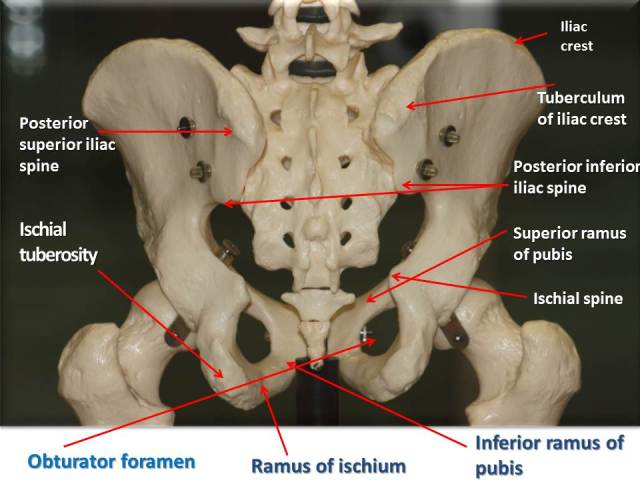There is a lot of terminology being thrown around. Words like proximal, distal, medial and lateral. So lets take a look at what all this terminology means!!
Planes of Body Motion
Sagittal: Plane passes through the body from anterior to posterior. It divides the body into left and right
Frontal: Plane passes through the body from lateral to medial. It divides the body into front (anterior) and back (posterior)
Transverse: Plane passes through the body level with waist. It divides the body into upper (superior) and lower (inferior)
Directional Terminology
Superior: Towards to head
Inferior: Towards the feet
Anterior: Toward the front of the body
Posterior: Toward the back of the body
Medial: Toward the midline of the body
Lateral: Toward the side of the body
Proximal: Towards the attachment point of a limb
Distal: Away from the attachment point of a limb
Movement Terminology
Flexion: To decrease the angle of a joint
Extension: Increases the angle of a joint
Abduction: Increase in angle of a limb away from body
Adduction: Decrease of angle of limb away from body (to remember this I usually find myself saying if I add something I am adding it to the body)
Lateral/External rotation: Rotate limb outwards, around long axis of bone
Medial/Internal rotation: Rotate limb inwards, around long axis of bone
Protraction: Bring body part forwards. Protrude a body part (jaw, shoulder blade)
Retraction: Bring body part backwards
Elevation: Lift a body part
Depression: Lower a body part
Supination: Turn palm anterior
Pronation: Turn palm posterior
Inversion: Turn sole of foot medially
Eversion: Turn sole of foot laterally
Dorsiflexion: Bring toes towards ankle
Plantarflexion: Bring toes toward the floor
From - The Essential Guide to Fitness - Rosemary Marchese and Andrew Hill













































